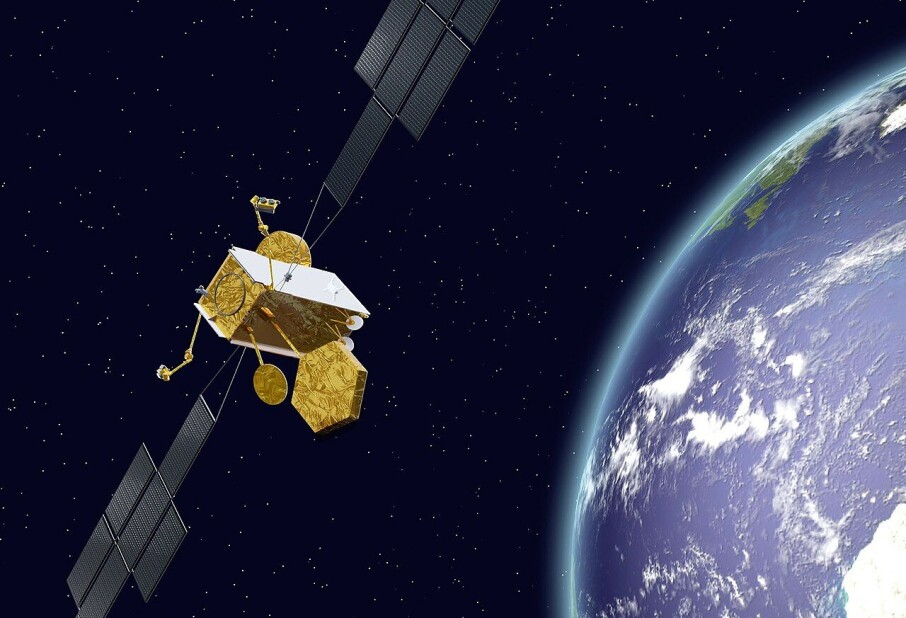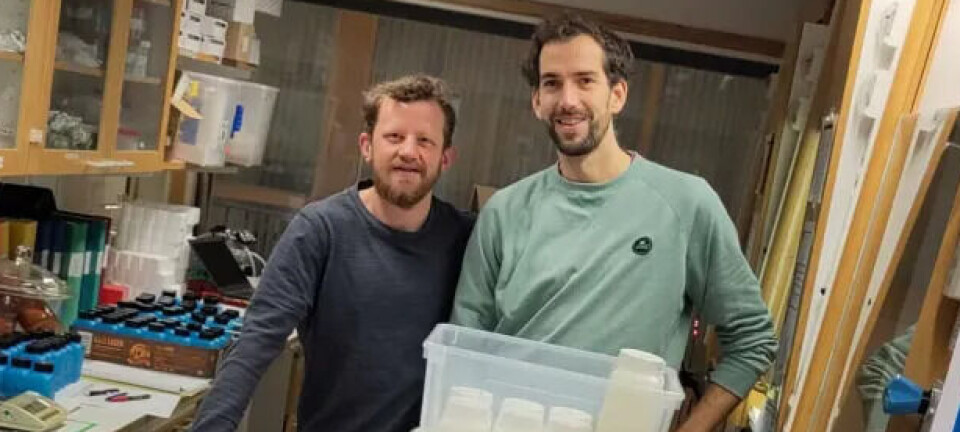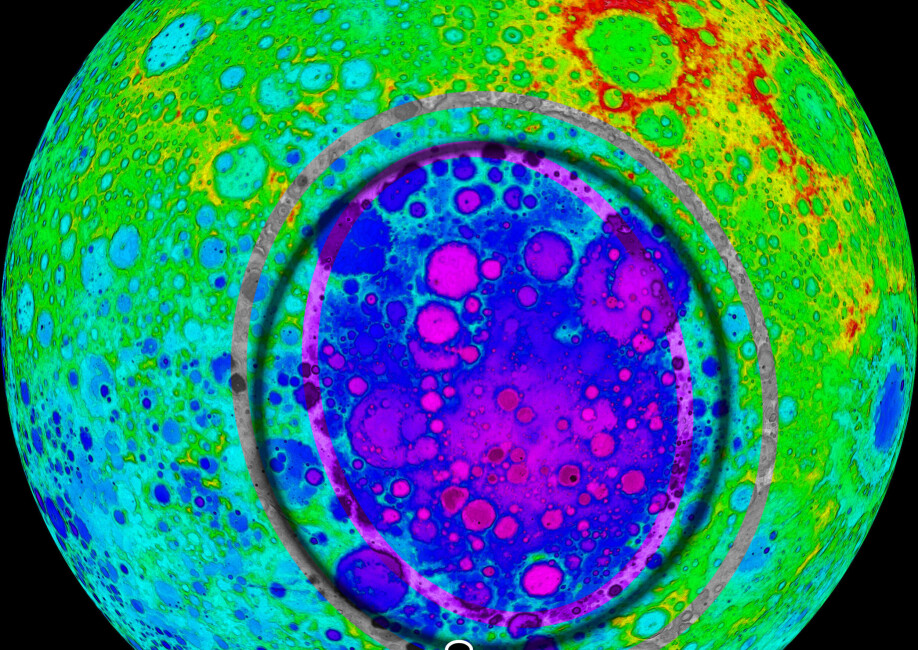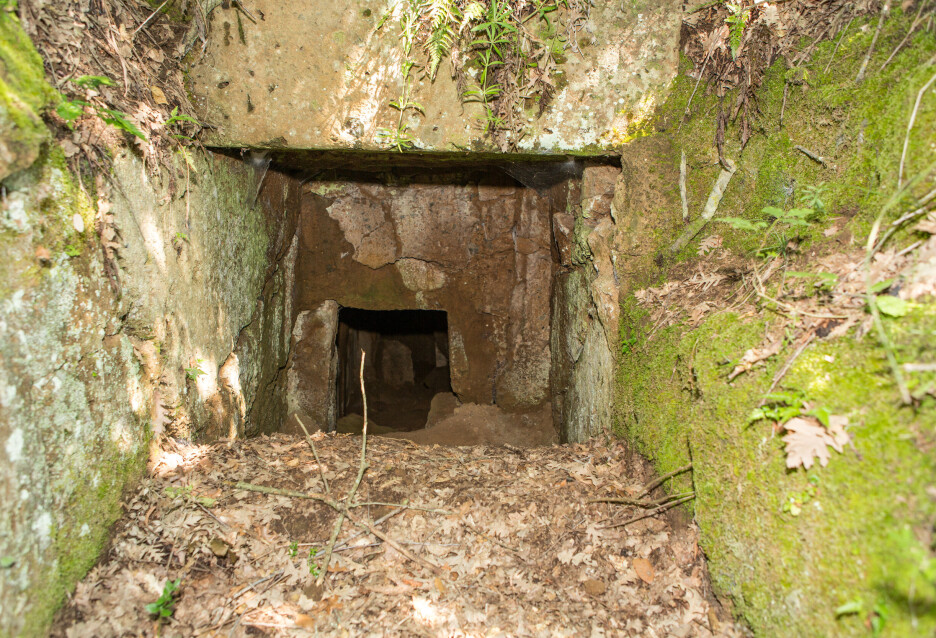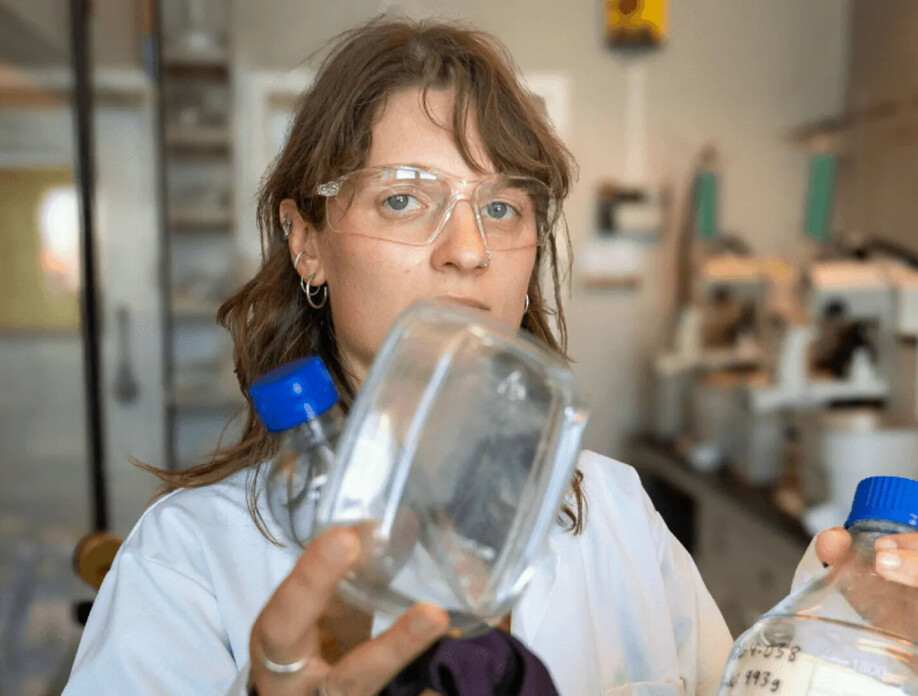What's best for the environment? ChatGPT or Google?
One uses ten times more energy per search, according to a researcher.
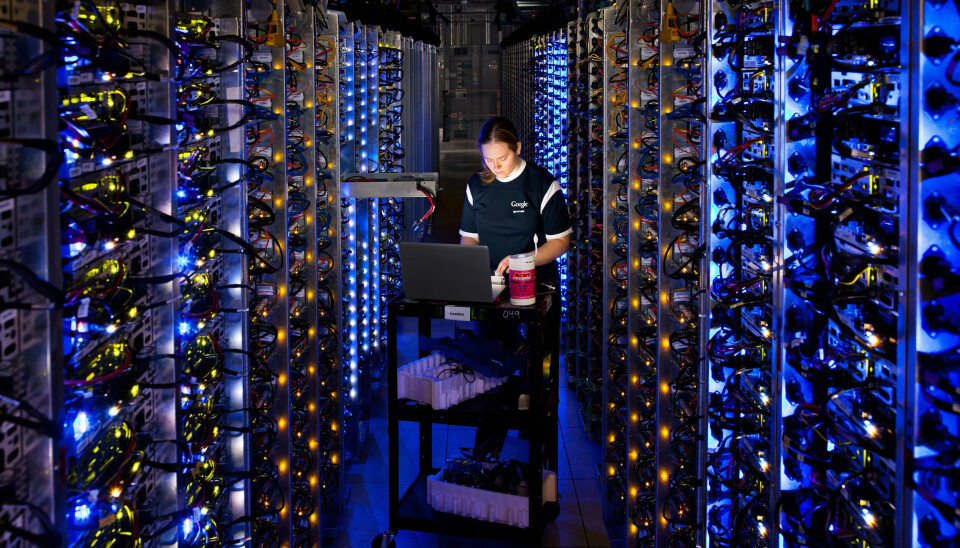
Artificial intelligence (AI) requires a lot of water to operate.
The water is used to cool down the data centres where all the information is stored and transferred.
When you ask AI a question, that query is sent to the data centres.
To find an answer, the AI searches through all its stored information – and that's a huge amount.

As a result, it consumes a lot of water, which isn’t good for the environment.
Uses more energy than googling
"The difference between using Google as a search engine and ChatGPT is that ChatGPT uses ten times more energy," says Signe Riemer-Sørensen, who researches artificial intelligence at SINTEF.
That's just for one search, but you might need several searches with Google.
"If you have to google multiple times to get the right answer, it balances out. It's not easy to say which one you should use. If you just need facts, Google is more efficient," she says.
According to a researcher at Washington University, ChatGPT uses as much energy every day as about 33,000 American households.

Artificial intelligence is popular
AI has become a common tool in everyday life, helping with everything from minor tasks to major responsibilities.
"The use of artificial intelligence is growing quite fast. It now consumes 1.5 per cent of the world's energy, and that's quite a lot. But it's still less than what's used by things like air conditioning or transportation. It's important to put it into perspective," she says.
It’s also smart to be mindful when using AI tools like ChatGPT. Every message you send consumes energy. That means you don’t necessarily need to thank it for every response.
" Even though it feels like a conversation, ChatGPT isn’t a human and it has no feelings. It only responds politely because it’s programmed to. There’s no need to thank it or praise its answers. It doesn’t matter," she says.
AI can be part of the solution
Riemer-Sørensen is working on ways AI can help cut emissions.
"We’re focused on reducing greenhouse gas emissions from trucks and excavators. These machines use more fuel when they move quickly. So instead of speeding and then sitting idle, they can move more slowly and still arrive on time," she says.
In this case, she is using a different type of AI than ChatGPT – one that runs locally on a PC. It does not rely on massive server networks to operate.
"That kind of AI uses far less energy. It helps reduce emissions more than it creates them. I believe we should use AI for things that benefit us. But maybe we should rethink making endless cat videos. Those don't really add much value to society," she says.
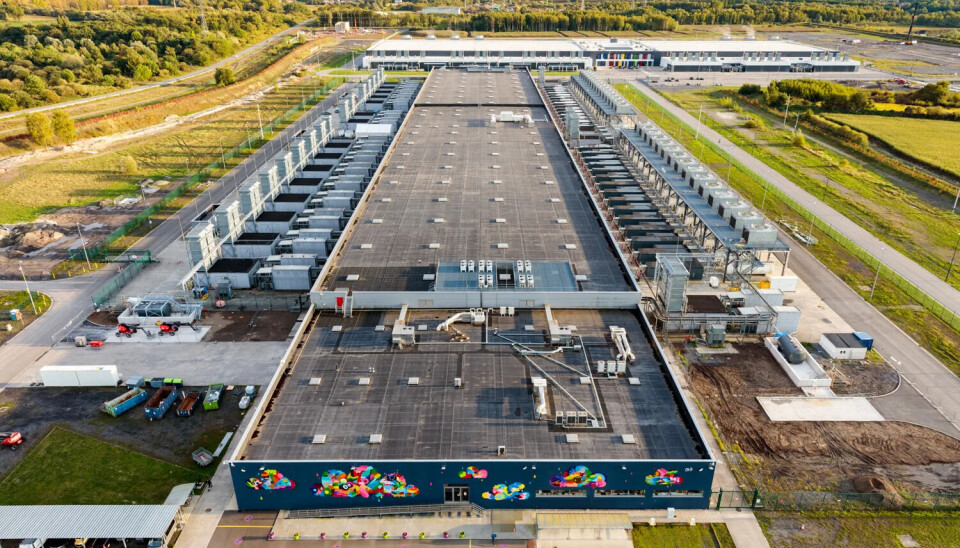
Changes in the future
Even though tools like ChatGPT are free to use, they come at a high environmental cost.
"People used to think these services were truly free. Because you’re not paying directly, it feels like there’s no cost. That’s led to overuse. I think people are starting to realise now that there's a real impact," she says.
Riemer-Sørensen is hopeful that future improvements will make AI more energy efficient and less harmful to the planet.
"We can cross our fingers and hope we'll reach the peak of energy use in the coming years," she says.
———
Translated by Alette Bjordal Gjellesvik
Read the Norwegian version of this article on ung.forskning.no

Subscribe to our newsletter
The latest news from Science Norway, sent twice a week and completely free.


















